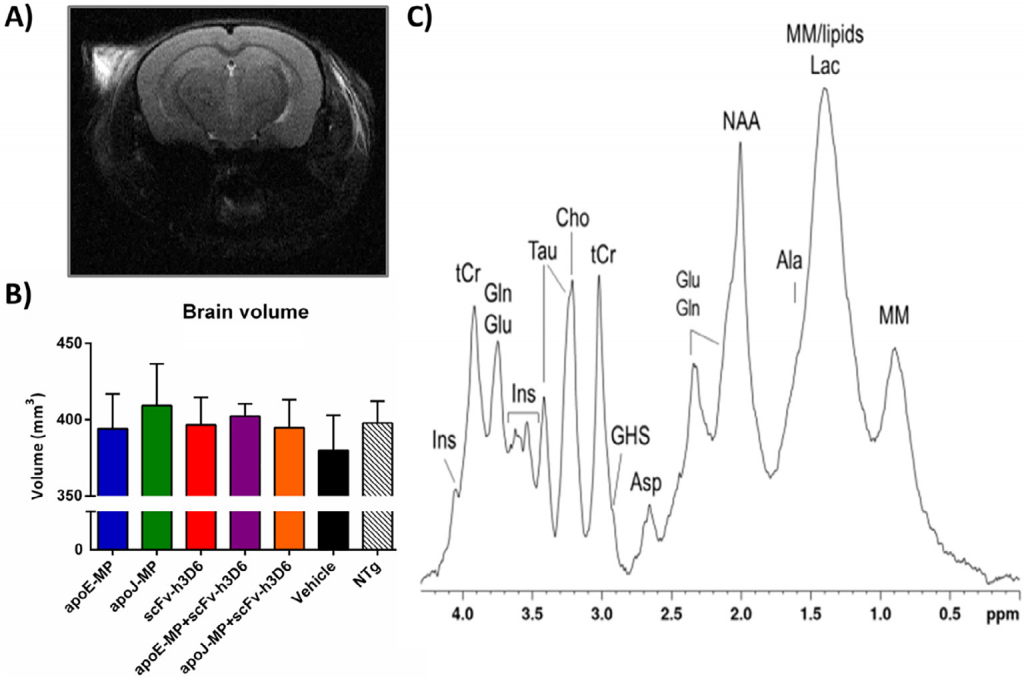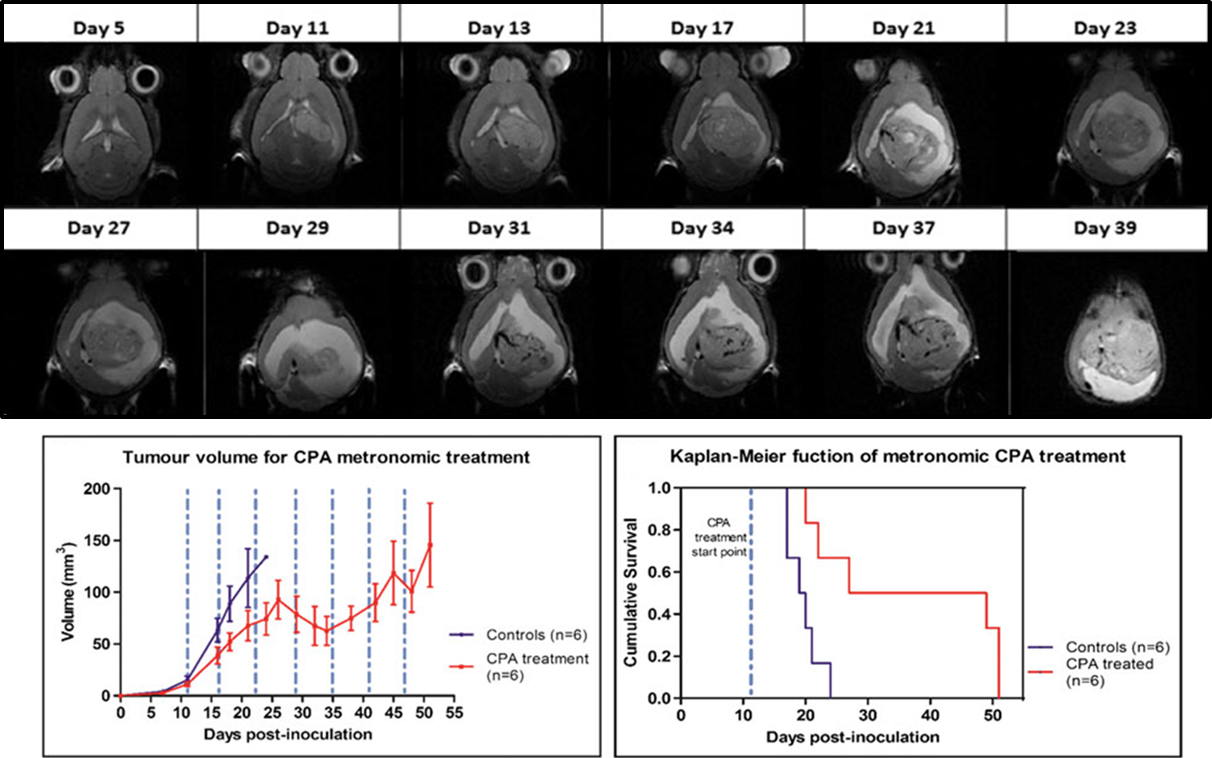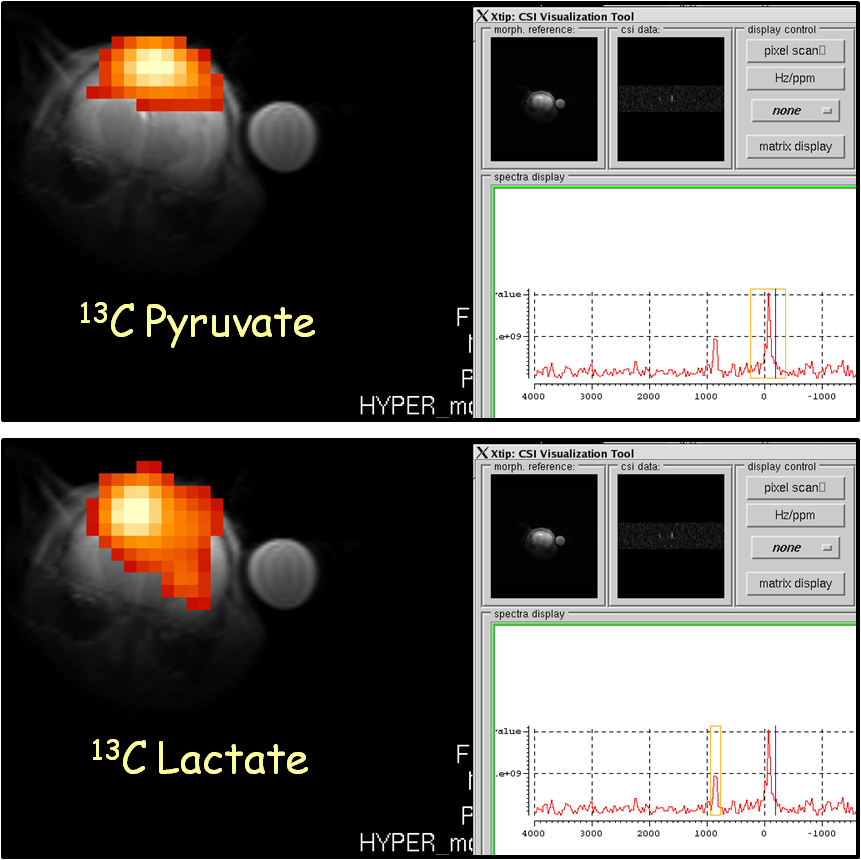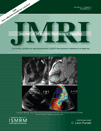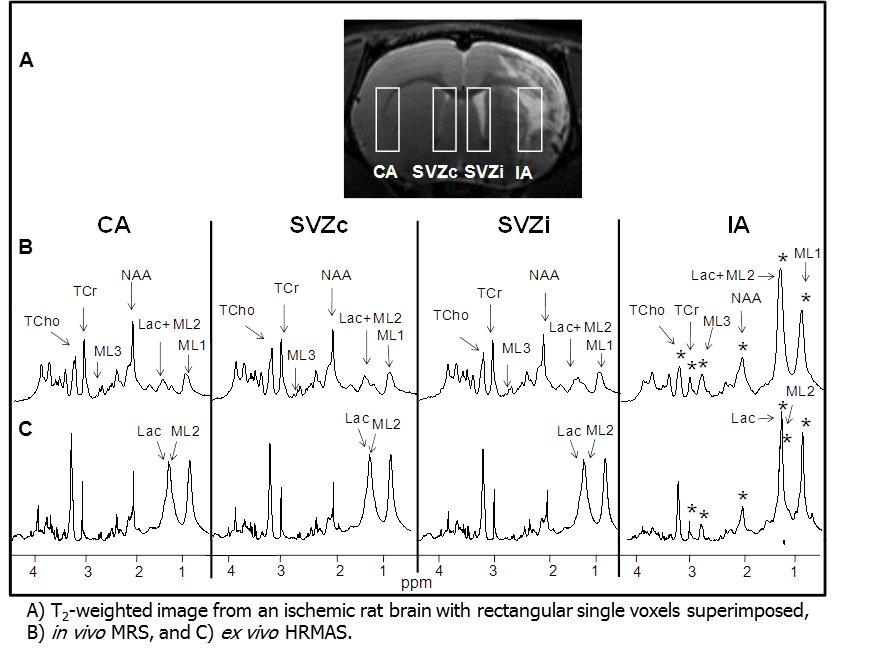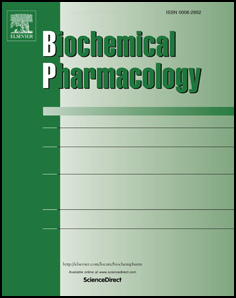
Montoliu-Gaya, Laia, Jofre Güell-Bosch, Gisela Esquerda-Canals, Alejandro R. Roda, Gabriel Serra-Mir, Silvia Lope-Piedrafita, José Luís Sánchez-Quesada & Sandra Villegas. 2018. Differential effects of apoE and apoJ mimetic peptides on the action of an anti-Aβ scFv in 3xTg-AD mice. Biochemical Pharmacology 155. 380–392. DOI: 10.1016/j.bcp.2018.07.012
Anti-Aβ immunotherapy has emerged as a promising approach to treat Alzheimer’s disease (AD). The single-chain variable fragment scFv-h3D6 is an anti-Aβ antibody fragment that lacks the Fc region, which is associated with the induction of microglial reactivity by the full-length monoclonal antibody bapineuzumab. ScFv-h3D6 was previously shown to restore the levels of apolipoprotein E (apoE) and apolipoprotein J (apoJ) in a tripletransgenic- AD (3xTg-AD) mouse model. Since apoE and apoJ play an important role in the development of AD, we aimed to study the in vivo effect of the combined therapy of scFv-h3D6 with apoE and apoJ mimetic peptides (MPs).
Magnetic Resonance Imaging showed a general tendency of the different treatments to protect against the reduction in brain volume. This protection was further suggested by MRS, since all the treatments tended to recover the levels of Ala, which is involved in the alanine-glucose cycle, and NAA, which is a marker for cell viability. All the treatments in the present work recovered the IL-33 levels, and apoE-MP showed a potent anti-inflammatory effect in terms of glial activation that was decreased in the presence of scFv-h3D6, whereas the combination of apoJ-MP and scFvh3D6 was not detrimental. Moreover, the endogenous apoE and apoJ levels were decreased by scFvh3D6, but the MPs induced a simultaneous increase in both apolipoproteins, which reflects a coordinated expression between them.
